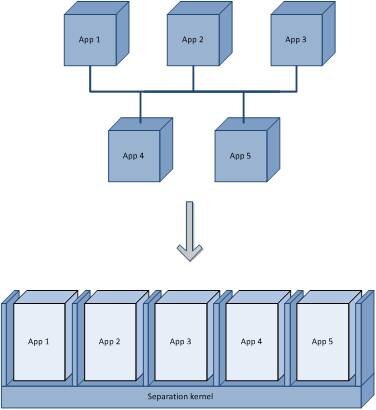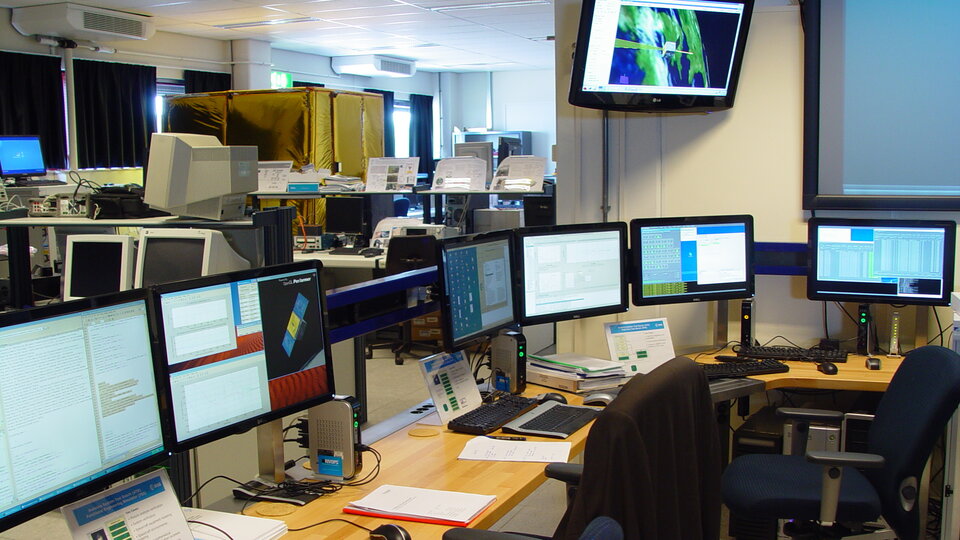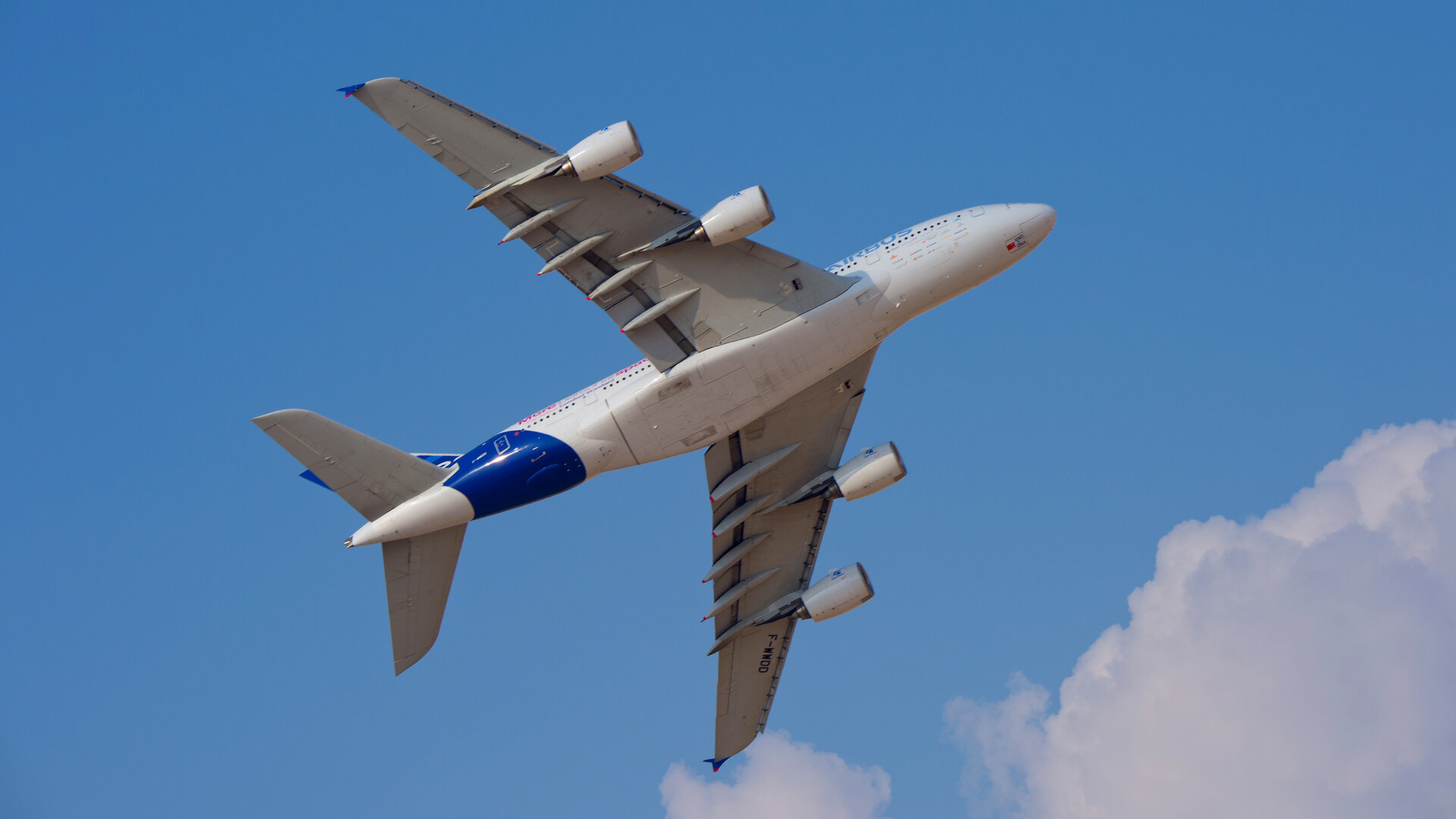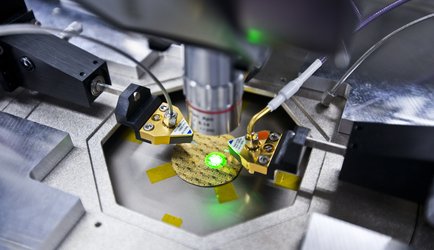New-generation aircraft offer key to slimmer, smarter satellites
A new computing technique that helped boost the capabilities of commercial airliners while reducing their onboard electronics equipment is now being applied to satellites.
“The engineering trend is for more and more separate electronic boxes within satellites, to increase their capabilities,” explains ESA’s Martin Hiller, overseeing the ‘Integrated Modular Avionics (IMA) for Space’ initiative.
“The problem is that this increases the overall mass and volume of satellite avionics – never a good thing for weight-conscious space missions. It also drives up mission power requirements.
“So we began thinking about how to arrest this trend, and found that the aeronautical industry had tackled a similar problem during the last two decades. Then we looked into ‘spinning-in’ the results.”

The IMA approach played an integral part in the designs of the Boeing 787 Dreamliner and the Airbus A380.
As set down in common industrial standards, IMA involves replacing individual computer processors overseeing disparate items of equipment with fewer central processing units to run the separate software that control these various items on a common, pooled basis.
In the case of the A380, this approach halved the number of processor units needed across its avionics suite, bringing significant weight reduction and maintenance savings.

Adapted for satellites, IMA would mean the software for crucial subsystems such as communications, power management or attitude and orbital control would run within a central computer processor instead of separate processor chips embedded within localised hardware.
“The obvious problem, if you think of your home PC, is that if just a single application goes wrong the entire computer might crash,” explains Martin.
“Clearly this would not be acceptable for a satellite, still less for an airliner with hundreds of passengers. So the way IMA gets around this is for the lowest level of the computer operating system, the kernel, to provide multiple compartments called ‘partitions’, within which different applications may run.

“Effectively, a number of virtual computers end up running on a parallel but quite separate basis within a single electronic box.”
IMA enables this separation in two ways. Firstly, each application is given its own dedicated read/write place within computer memory.
Secondly, each application is assigned its own slice of time – typically for a few tens of milliseconds, repeating perhaps a few hundred milliseconds or so later – to run within the computer. Think of the way a comparable ‘time slicing’ approach enables multiple mobile phone users to share frequencies comfortably.
“Our strict redundancy safeguards demand that a single application can be completely reset without affecting the running of any of the others,” says Martin.
ESA has been working with industrial partners on various projects within the overall IMA for Space initiative.
Prototype IMA systems have been tested as part of virtual space missions simulated on the most realistic basis possible within ESA’s Avionics Lab at the Agency’s ESTEC technical centre in Noordwijk, the Netherlands.
“We are using our own virtual Earth observation minisatellite reference mission called Eagle Eye to check that IMA systems can handle all the software requirements,” Martin adds.
“The final step to really prove the technology would then be to actually demonstrate IMA in orbit, either as a test payload on a larger mission or a dedicated test satellite of our own.”





